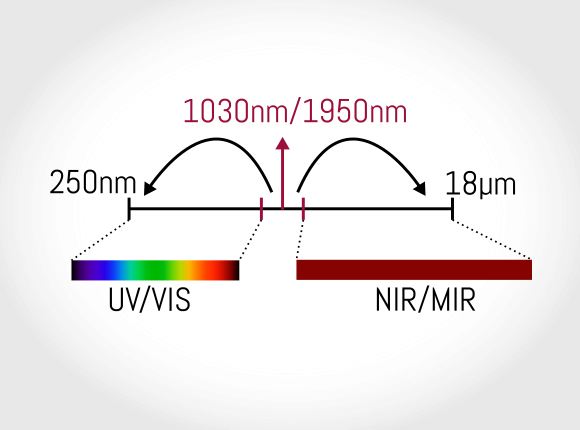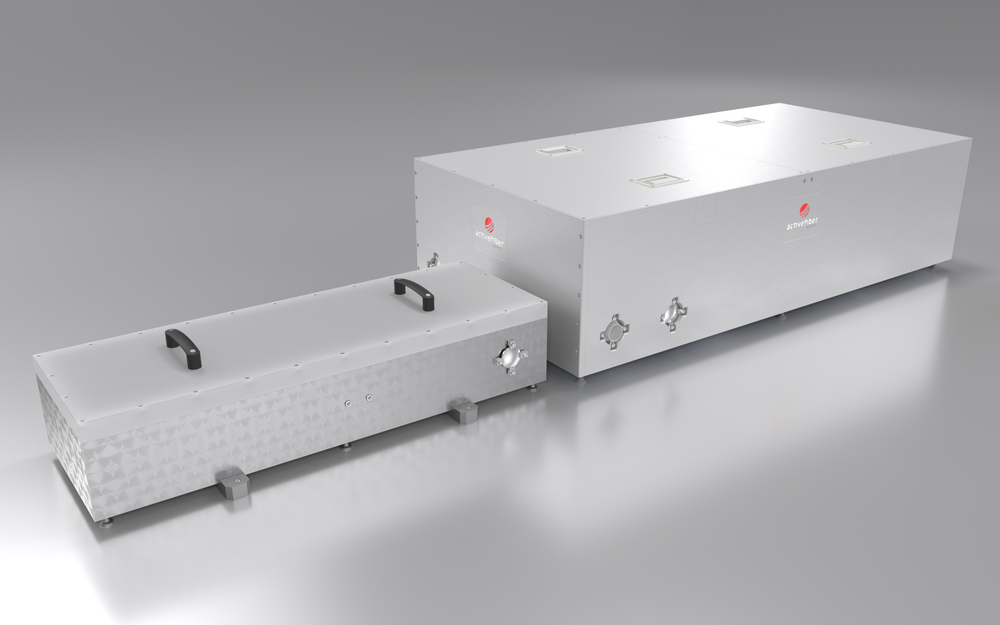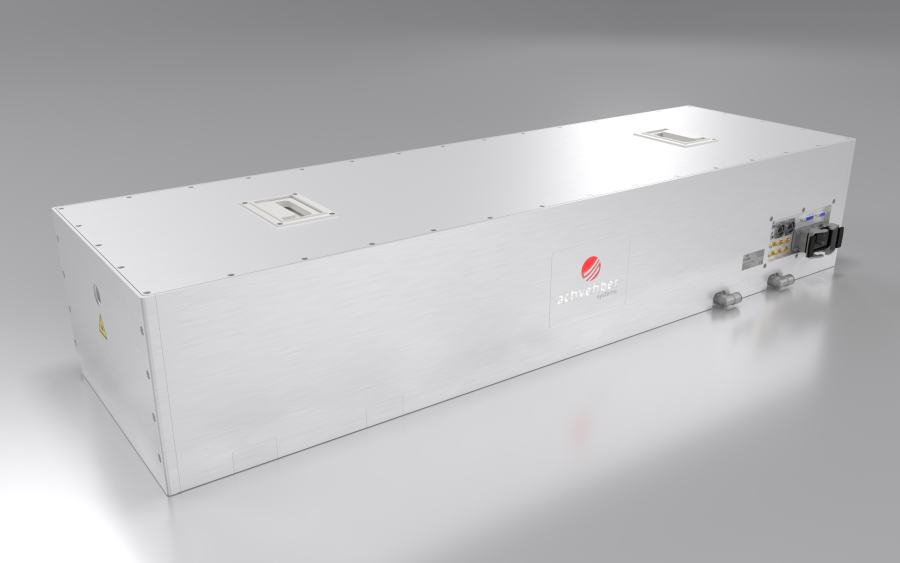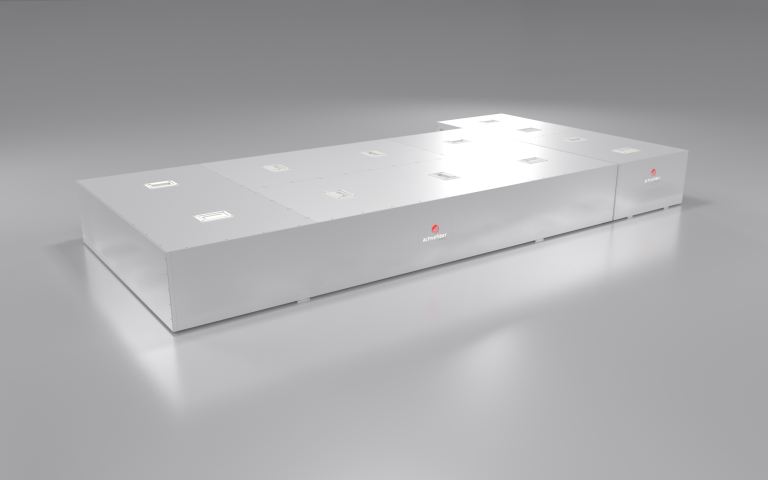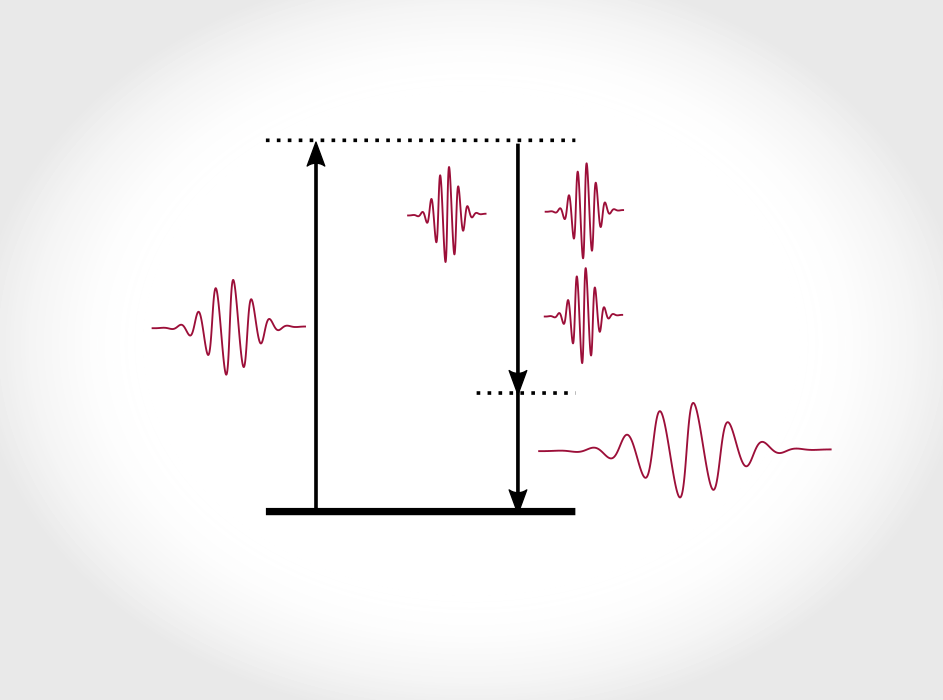
- signal and idler beams using pump beam from ultrashort pulse lasers
- high peak power, efficient energy transfer and high temporal resolution
- vast tunability from UV over VIS to mid-IR spectral range
Introduction
A vast number of applications benefit from tunable wavelengths to enable variable excitation conditions. This demand is typically satisfied by optical parametric amplifiers (OPA) [1]. They utilize a second-order nonlinear interaction (χ(2)) of two input laser beams (pump + signal) where the pump beam is depleted during the interaction producing an amplified signal beam. A wavelength conversion is typically achieved by simple rotations of the crystal that provides the nonlinear interaction thereby optimizing the phase-matching condition for the desired wavelengths.
The generation of long-wavelength radiation (several µm, Mid-IR) is particularly suited to be realized using an OPA, but they are also useful for wavelength tuning in the visible to UV spectral range [2,3]. The limited efficiency of the OPA process [4] sets high demands to the energy and average power of the pump source. Our ultrashort-pulsed Fiber lasers can provide extremely high average power up to 2kW with a pulse energy of up to 20mJ. Upon request, AFS offers various OPA systems seamlessly integrated behind our fiber lasers to match your experimental requirements.
Suitable products
References
[1] G. C. Cerullo, S. de Silvestri „Ultrafast optical parametric amplifiers“ Rev. Sci. Instrum. 1, 1–18 (2003).
[2] R. Baumgartner, R. Byer „Optical parametric amplification“ IEEE J. Quantum Electron. 6, 432–444 (1979)
[3] D. Brida et al. „Generation of broadband mid-infrared pulses from an optical parametric amplifier“ Opt. Express 23, 15035–15040 (2007)
[4] G. Arisholm et al. „Limits to the power scalability of high-gain optical parametric amplifiers“ J. Opt. Soc. Am. B 3, 578 (2004)

